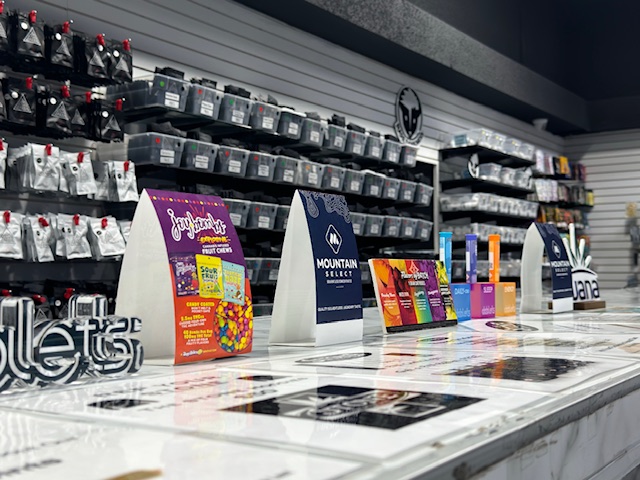
This website is for users aged 21 and over. Please confirm your age.

This article will go through the steps of germinating your cannabis seeds in a simple step-by-step tutorial.
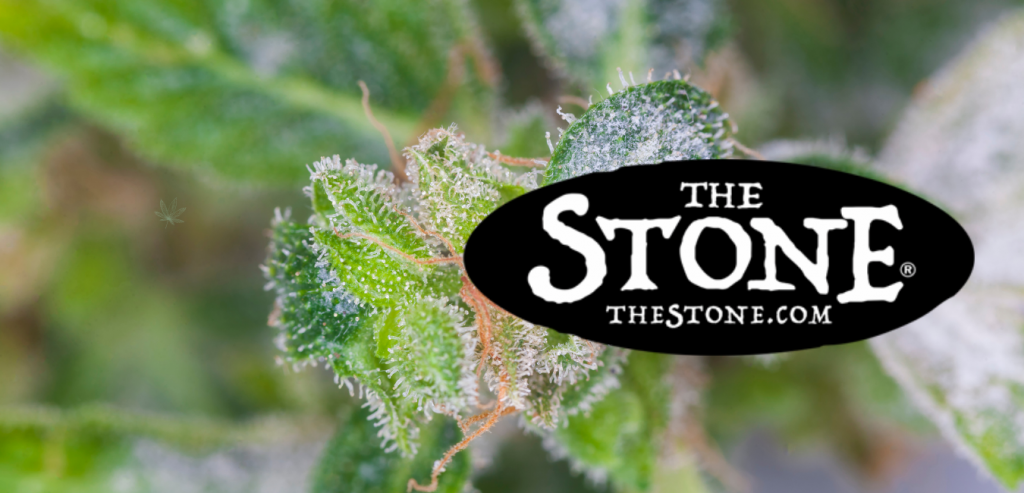
Germinate Marijuana Seeds: First of all, you need some cannabis seeds and a setup to grow in. You can buy these from most online hydroponics shops. They come in different strains meant for growing with or without soil.
When you get your seeds, there will be a shell around the seed. This needs to be removed so that light can reach the embryo inside and trigger it to germinate. There are many ways of doing this, but we find using a cotton bud is the most effective way. Its also the least amount of effort.
then take one of the buds and use this to rub in-between the shell of your cannabis seed gently.
The bud will have a small amount of resin to help break down the shell. You may need to apply more pressure depending on how old or new your seeds are.
Another way you can do this is by putting your seeds between two tissues. This is more effective on old or dry seeds as it helps them break down faster.
Once the shell has been broken up, you should see some white membranes inside. They act as a food source for your seedlings when they germinate. This part needs to stay, so don’t rub too much and damage it.
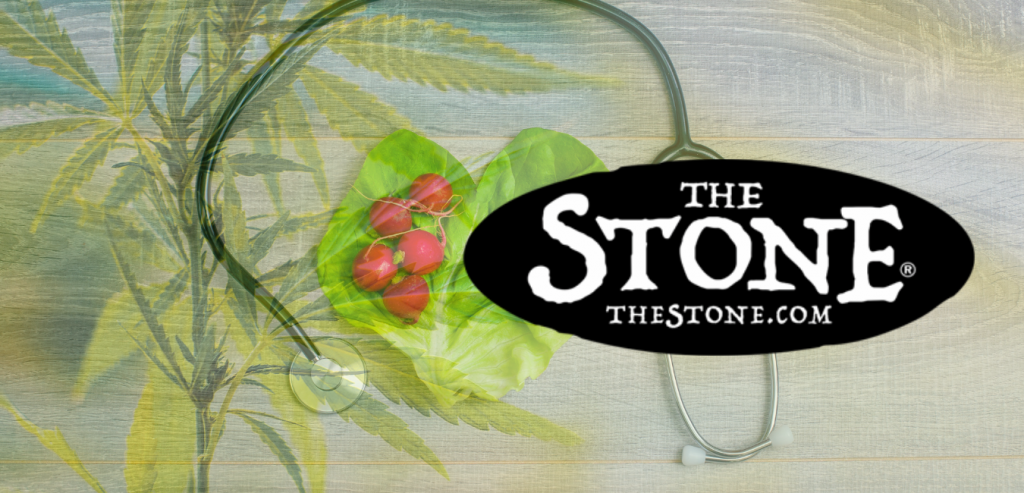
…your cannabis seeds need to be stored somewhere dark. Make sure to keep them at a temperature of 20 degrees Celsius until they germinate. This period can vary from species to species, but expect around 1-2 weeks as a rough guide.
It’s a good idea to test a few seeds first, as some can take longer. Especially if they’re old or have been stored in a less-than-ideal condition.
…you need to extract it from the container and place it somewhere warm and with plenty of light. A sunny windowsill is perfect for this as long as it doesn’t get too hot. Some seeds will start to sprout better if you use a heat mat.
The idea is that the seed needs to be exposed to light and warmth to force it into producing a root. This is crucial as your cannabis seedling won’t survive very long if they don’t have a root.
When the root appears, you need to make a hole in your chosen growing medium and place it inside. Cannabis seeds can be planted in many different soil types or peat-based substrates. Still, Rockwool cubes are ideal for seedlings as they provide a very porous environment that promotes drainage. Cubes also provide aeration while preventing the seed from rotting.
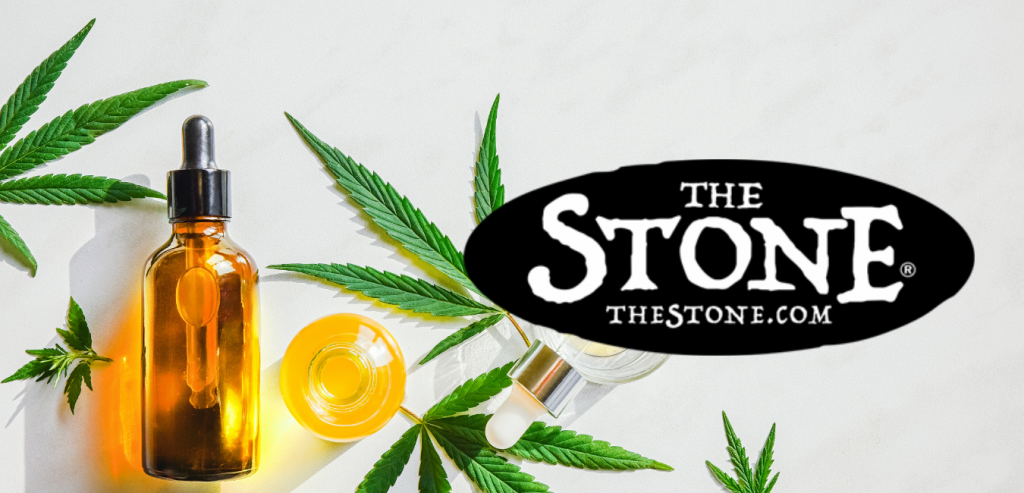
The best time to do this is when your cannabis seed has a root around 2mm long. 2mm long is enough to anchor itself into the substrate. Sometimes they will root faster. Err on the side of caution and wait a few days to be sure.
I like to use Rockwool cubes because they’re perfect for seedlings, compact, and very porous, which are great for cannabis roots. Place your seedling into the hole you made in the cube and gently tap down around its base with a spoon or similar.
After you’ve done this, make sure the seed is at a reasonable depth, and then add some more Rockwool on top of it to hold it in place. You may also want to cover the base with a bit of substrate such as laterite, perlite, or vermiculite. This helps ensure that your seed doesn’t dry out too much while it’s getting established.
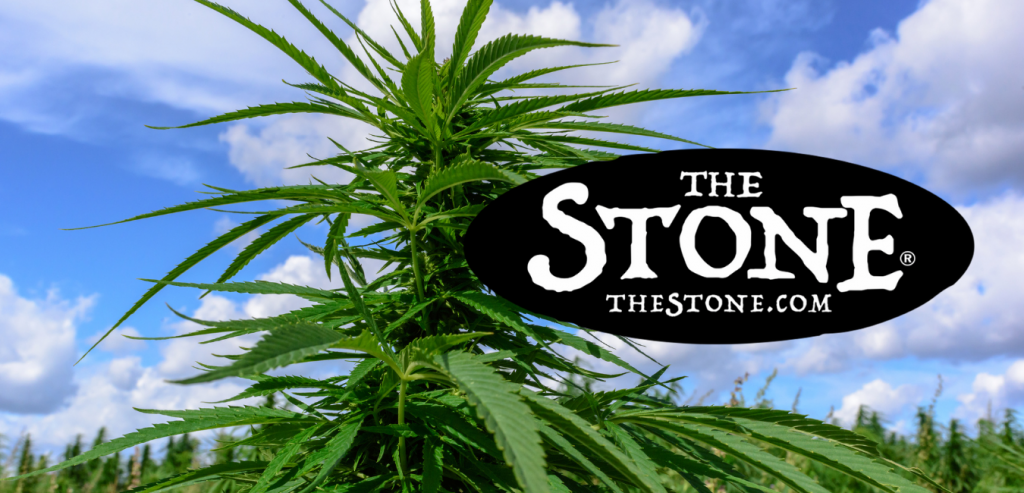
At this point, you should have a reasonably decent-sized cannabis seedling with a root and sprout, all you need to do is give it the right conditions to grow, and before long, your plant will be ready for an enormous container or even go straight into a larger pot.
The best time to germinate your seed is when there’s good light and warmth. The perfect condition for this would be during spring or summer.
You can get away with doing it at other times of the year, providing you use a heat mat to keep your roots warm. It’s not essential, but it does speed up the process significantly.
…put a few in a glass of water and wait until the shell has been broken up a bit.
For good measure, break open one of the seeds you’ve already done this with to see if there’s a white membrane inside, which is where your root will appear from. Try a different seed if you don’t see any white membrane.
Once you have one with the white membrane intact, put it onto your chosen growing medium and place it in a warm but dark place.
I like to leave mine in an airing cupboard as this is out of sight out of mind for most people!
After around 1-2 weeks, you should be able to see the root emerge from the white membrane.

If you can’t quite get it, this might be that the seed is taking too long even though it’s in warm conditions. If this is the case, then try another seed.
It should also germinate within a few days as long as there’s good warmth and light present.
The best way to do this is by putting a heat mat under the container so that the room temperature stays reasonably high at all times. This speeds up growth and increases the chances of the seedling becoming waterlogged, which causes it to die. Germinate Marijuana Seeds
To stop this from happening, make sure there’s good drainage in the bottom of your pot and that the overall conditions are warm but well ventilated.
Eventually, you will have a cannabis plant with its root system. This can now be given more space or transplanted into a larger pot if you’re growing in an outdoor setup.
Before long, your cannabis plant will be ready for the great outdoors!
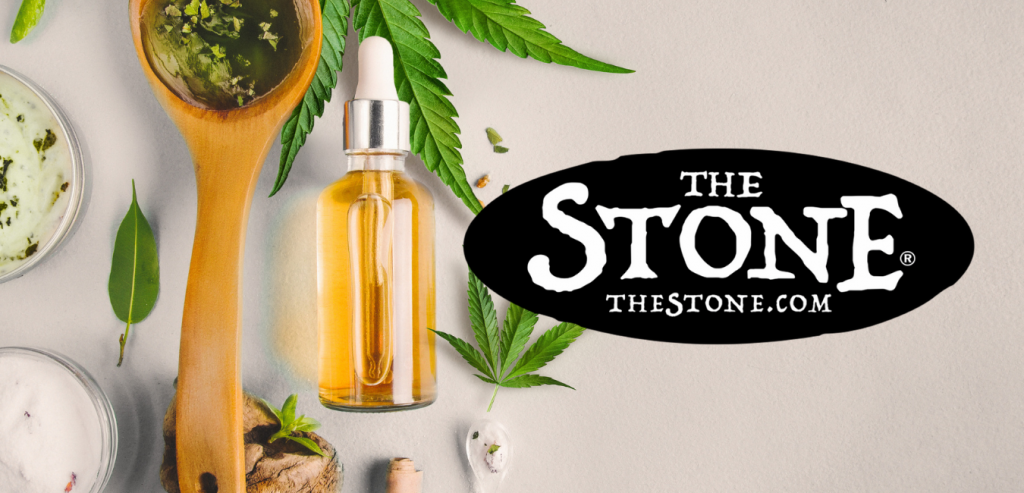
The best time to transplant your seedlings is after their first true leaves have appeared. Please wait until it’s at least 20cm tall before starting this process; otherwise, they can die.
If you’ve kept your seedlings in a small pot with good drainage, all you need to do is tip the whole thing out into a bucket and prise it from side to side gently.
Once you’ve done this, use a spoon or similar and space out the roots, so they’re not too compacted.
Put it into a larger pot at the same level as before, fill it with substrate and give it moisture until you see things running along with the soil. This tells you that your seedling has taken well to its new home! Germinate Marijuana Seeds
At this point, you should be good to go. Your cannabis plant is now completely self-sufficient and will require very little attention as long as the conditions are right.
Germinate Marijuana Seeds – All you need to do from now on is let it grow!
In good conditions, a cannabis seedling can go from 0-20cm within a week, so it’s important not to overwater or give too many nutrients until it gets a bit bigger.
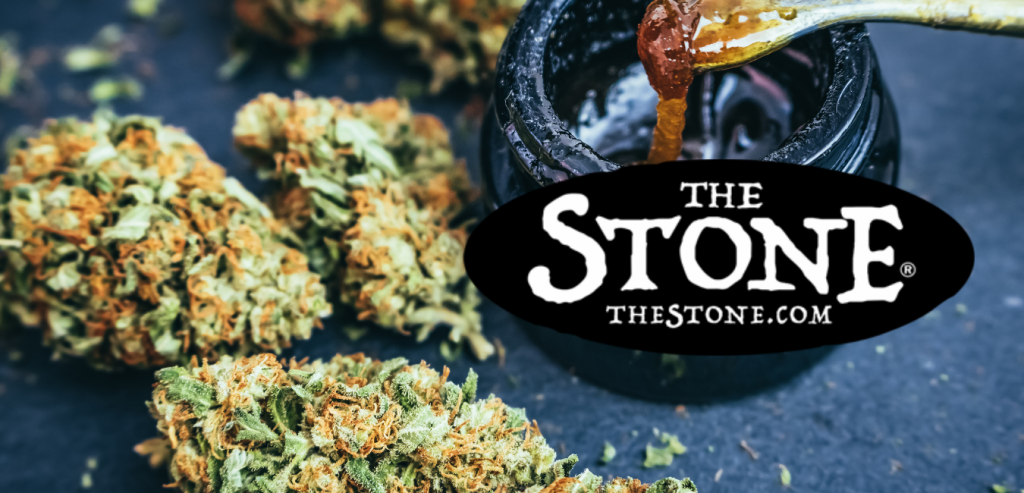
You will need to take care of the nutrients in the water, as this can cause problems later down the line if there’s too much or too little for your liking.
This is why it’s best to re-use water that has already gone through your plant until it looks like clean rainwater.
At this point, you should be good to go. Your cannabis plant is now completely self-sufficient and will require very little attention as long as the conditions are right.
Germinating Marijuana Seeds: All you need to do from now on is let it grow!
In good conditions, a cannabis seedling can go from 0-20cm within a week, so it’s important not to overwater or give too many nutrients until it gets a bit bigger.
You will need to take care of the nutrients in the water, as this can cause problems later down the line if there’s too much or too little for your liking.
This is why it’s best to re-use water that has already gone through your plant until it looks like clean rainwater.
However, if you’ve found these steps confusing and aren’t ready to let nature take its course just yet, there’s always the option of buying cannabis seedlings online!
Now that you know how to germinate marijuana seeds, you should have everything you need to start your collection!
Introduction: Growing Cannabis is a practice that has been around for thousands of years, but this seedy subject (hehehehehe) has only recently become popular with cannabis legalization. You can now grow hemp like you’d grow other plants, though the high concentration of THC in marijuana can be reduced. This will make growing hemp more accessible for people without drug addictions, but it won’t take away the mental obsession that some people who don’t even partake in smoking still get.
I’ll start by saying what exactly hemp is. Hemp isn’t just one plant; there are many types of hemp, collectively a type of cannabis. Cannabis sativa is what we generally refer to as marijuana.
If you want to grow hemp inside, it will have a few different requirements than your typical houseplant. Other types of hemp require different conditions, so I won’t be talking about how to grow all kinds of hemp. I will instead only go over the critical situations for growing hemp indoors, then talk about some common indoor strains of hemp.
Hemp is a very hardy plant, but it still needs temperature and humidity to survive inside. While hemp can grow in many different climates, we’ll concentrate on what you need to grow hemp indoors in your house. You can start with seeds, but it’s way more cost-effective to use clones. I’ll be talking about seed and clone growth and some essential tips on growing good quality hemp indoors.
So why should you grow hemp? Besides the obvious fact that it is straightforward to develop and requires little attention, hemp helps out your indoor plants. It adds a nutrient called auxins to the soil, making for more robust and healthier plants with stronger stems and leaves.
If you’re an experienced cannabis smoker, then growing big healthy plants is second nature to you. But if you don’t smoke pot or want to learn how to grow cannabis for its practical uses, you’ll want to read the following few paragraphs. I’ll go over essential tips on how to successfully clone and germinate (start growing) hemp.
Hemp grows like a weed outside, very quickly and without much care required – but it’s not that simple indoors. You first need to learn how to use a grow tent since this is your indoor growing environment. Once you have set up your grow tent, you’ll need to know the proper way to develop clones and germinate seeds.
Learning how to clone hemp correctly will save you lots of money in the long run. Clones are cuttings taken from mature plants; you cut off bits of the plant to use as starter plants for growing your hemp. Germinating seeds isn’t tricky, but it’s also not very fun. There are specific methods used for germinating weed seeds, but they all generally involve putting them in water first. After about a week, though, the hemp seed should sprout, and you can transplant it into the soil.
I will now cover some basic information about growing hemp indoors, including the conditions required for successful growth. Then, I will talk about common types of indoor hemp and what to expect from them in terms of appearance and yield and their cannabis high. After that, I’ll go over some exciting hemp facts, and finally, I’ll leave you with some information on growing other plants with hemp. That’s all for now, so let’s get started!
Any good grower knows that the first thing you need to start growing is a good light source. The right spectrum of light can be provided by LED lights which are now very affordable. You can get a small one that will fit your grow tent for about $10.
A good carbon filter is also essential. Carbon filters absorb the smell of plants, so if you’re growing inside, you’ll need to have one without fail. A cheap air purifier with a carbon filter will work just fine.
You’ll also need a good fan to provide some airflow into your tent. This will help prevent mold and other nasty things that like stagnant air. A small personal fan is sufficient, but make sure it isn’t too powerful – you don’t want to dry out the plants!
Like any living thing, hemp needs clean water and food to survive. You can use tap water for your plants, but anything with added chemicals is terrible news. Hemp loves guano and worm castings, natural fertilizers that provide all the micronutrients needed for growing big healthy plants. They’re messy, so you’ll need a suitable fertilizer spreader to distribute them around your plants evenly.
Finally, it would help if you had the seeds or clones of your hemp. There are two main indoor growing conditions for marijuana – hydroponics, and soil. You can learn more about them here. I’ll go over how to germinate hemp in water so that you have a seedling ready to transplant into the soil after about a week.
You are prepared to start germinating seeds or cutting clones after you have your grow lights, carbon filter, fan, tower of guano, and fertilizer spreader ready to go. Fill up the bucket that came with your small personal fan with water from your tap. Drop-in some seeds about ¼ inch down and let them soak overnight. You can insert a small piece of sponge next to the hemp seed to help keep it suspended in the water and stop it from sinking.
Your seeds should sprout in about five days, but check on them every day just in case! As soon as they grow, take out your seeds or clones and put them into a shallow tray. The roots will hang out of the bottom, and the top part with two leaves should be just above the waterline. Clones have been cut from mature plants, so you don’t have to worry about light exposure, but hemp seeds need several hours a day of direct sunlight.
Change your trays regularly so that your plants don’t drown and so the roots can get some air. You’ll need to wait until about a week before you start feeding your plants. Once the plants have grown, it’s time to transplant them into the soil.
There are many different indoor growing mediums that you can use for growing hemp indoors, but by far, the best is coco coir. Coco coir is derived from the husks of coconuts and is entirely natural. It has similar properties to the soil but doesn’t have any nasties, so you don’t need to worry about your plants being exposed to pesticides or herbicides.
My favorite brand of coconut coir is General Hydroponics Flora Series. It’s straightforward to use and contains all the nutrients your plants need. Add water, feed them every week or two with guano or worm castings, and you’re set!
Finally, you’ll need some potting mix if your growing medium isn’t already pre-fertilized. You can use any potting mix from your garden center or home improvement store, but I recommend Fox Farm Ocean Forest. It contains a healthy amount of guano and worm castings to give your hemp plants the best possible start in life!
So now that you’ve got everything together and know how to germinate seeds and transplant them, it’s time to start growing your hemp! But where should you put your plants, so they have the best chance of success? Ideally, you’ll want a window that gets around 4 or 5 hours of direct sunlight a day. In this case, it’s best to choose a south-facing window. East and west windows are also good because they get around 3 hours of direct sunlight a day.
If you don’t have access to any windows, just put your plants in front of the brightest grow light! Just keep an eye on them every day, and they should be fine. So now that you’ve read my article, I’m sure you’ll be growing hemp like a pro in no time. If you have any questions, leave a comment, and I’ll be sure to get back to you!
We warmly welcome you to explore our highly acclaimed strains, concentrates, and edibles. Serving recreational clients with pride is our passion.
At our dispensary, you'll find a professional yet inviting atmosphere that prioritizes your comfort and privacy. Feel free to stop by at your earliest convenience to experience it for yourself. We can't wait to serve you!
